Decarbonization in Europe: but is there enough gas?
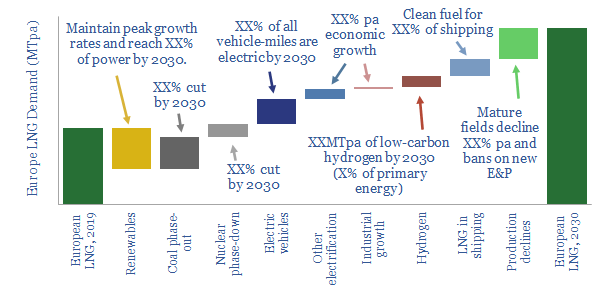
…as phasing out 50% of Europe’s coal, electrifying 20% of its vehicles, cleaning up 25% of its shipping and shifting 3% of its energy into low carbon hydrogen. To achieve…

…as phasing out 50% of Europe’s coal, electrifying 20% of its vehicles, cleaning up 25% of its shipping and shifting 3% of its energy into low carbon hydrogen. To achieve…
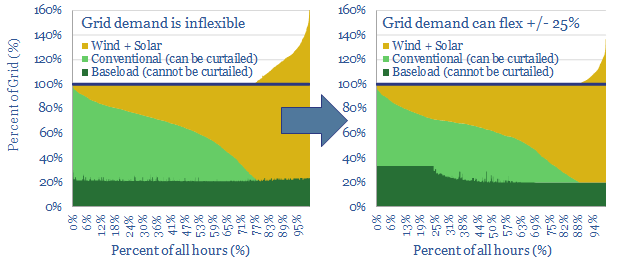
…efficiency losses are quantified for batteries and for hydrogen on pages 9-11. Demand shifting is a vastly superior solution. Pages 12-17 outline half-a-dozen demand-shifting opportunities that have been profiled in…
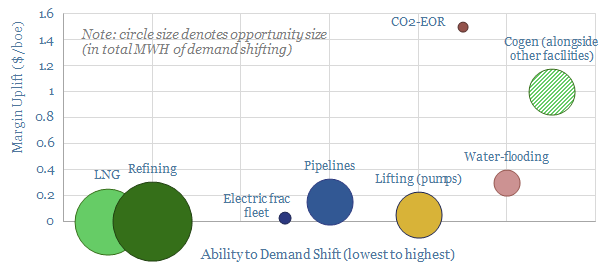
…money long before grid-scale batteries or hydrogen come anywhere close. Not all industries can demand shift. It is not a good idea for life-support machines! It is only going to…
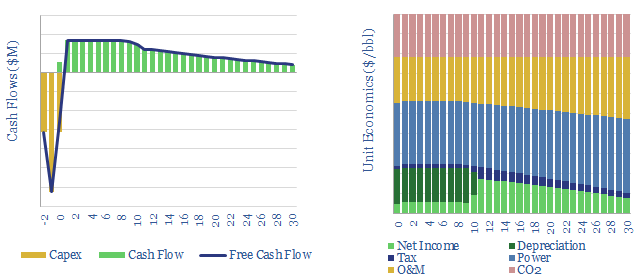
The data-file models the economics of converting renewable electricity (wind or solar) into low-carbon liquid fuels, by electrolysing water into hydrogen, electrolysing CO2 into CO, then re-combining the products into…
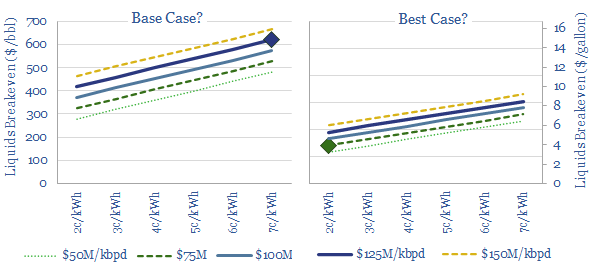
…curve, then modelled a CO2 electrolysis stack, on pages 7-9. A hydrogen source is the third ingredient needed. Our assessment of hydrogen costs is re-capped on page 10. Re-combining these…
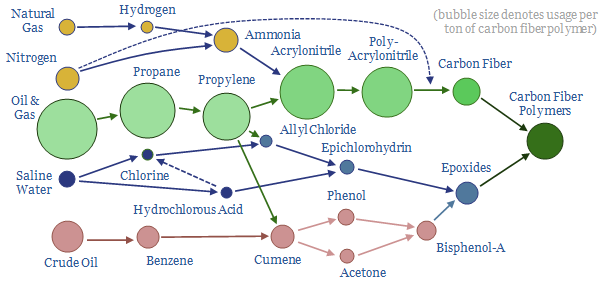
Energy transition will catapult carbon fiber demand upwards from today’s 120kTpa baseline, across wind turbine blades, more efficient vehicles and hydrogen tanks. This miracle material is 3-10x stronger than steel…
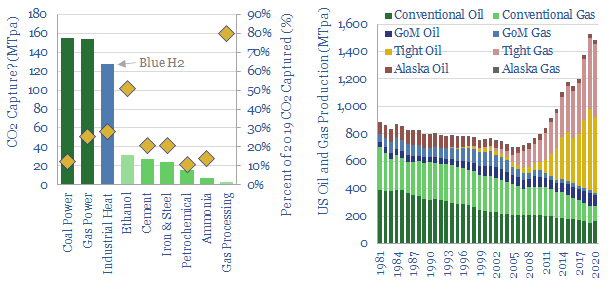
…help CCS scale by c25x, accelerating over 500MTpa of projects in the next decade, which could prevent almost 10% of the US’s current CO2 emissions. Our numbers include blue hydrogen…
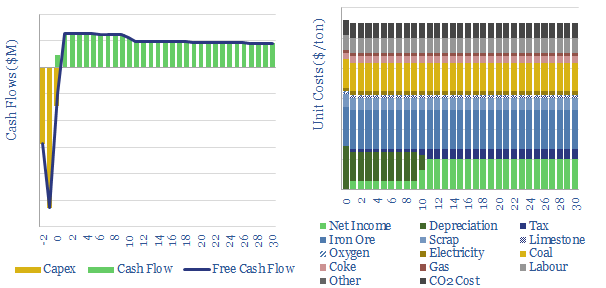
…evaluation of decarbonization options, including electrification, blue hydrogen and green hydrogen, both as reducing agents and as heating sources. As well as these variables’ impacts on steel production costs. It…
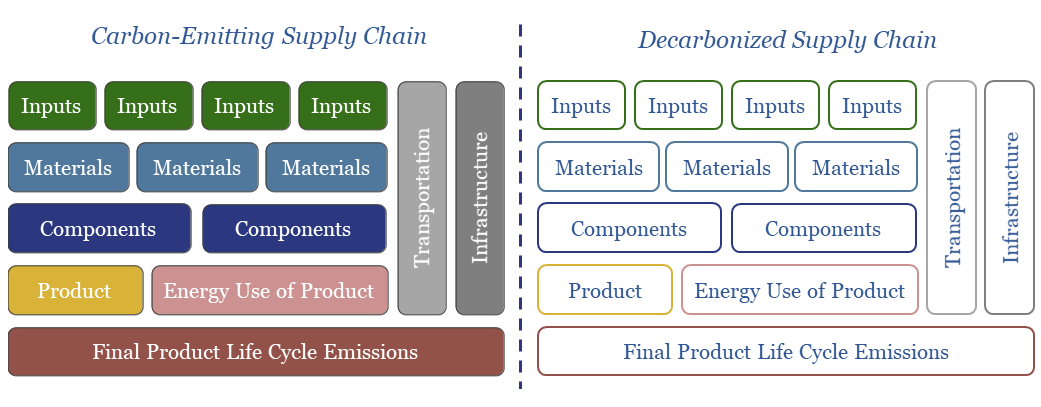
…turbine blades and hydrogen storage tanks), photovoltaic silicon (used in solar panels), lithium (used in batteries), neodymium magnets (used in wind turbines and EVs), dielectric gases (used in electricity distribution)…
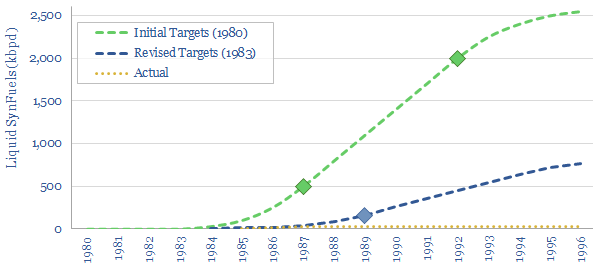
…(pages 2-4). Our conclusion is that the similarities are surprisingly striking. The main production pathway that was envisaged in the creation of synfuels started with coal, produced hydrogen as an…